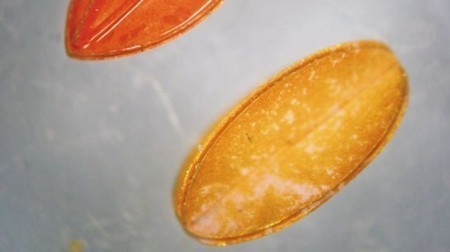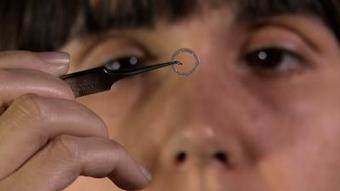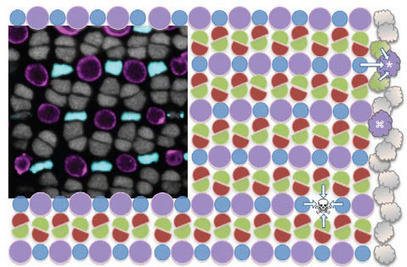Just like other parts of the body, the retina needs oxygen in order to survive. If it doesn’t receive enough – should its blood supply be restricted, for instance – permanent blindness can result.
The sooner that doctors know if a patient’s retina is receiving insufficient oxygen, the better the chances that they can take action in time. Soon, they may be able to use tiny injectable robots to get them the information they need.



 Your new post is loading...
Your new post is loading...














